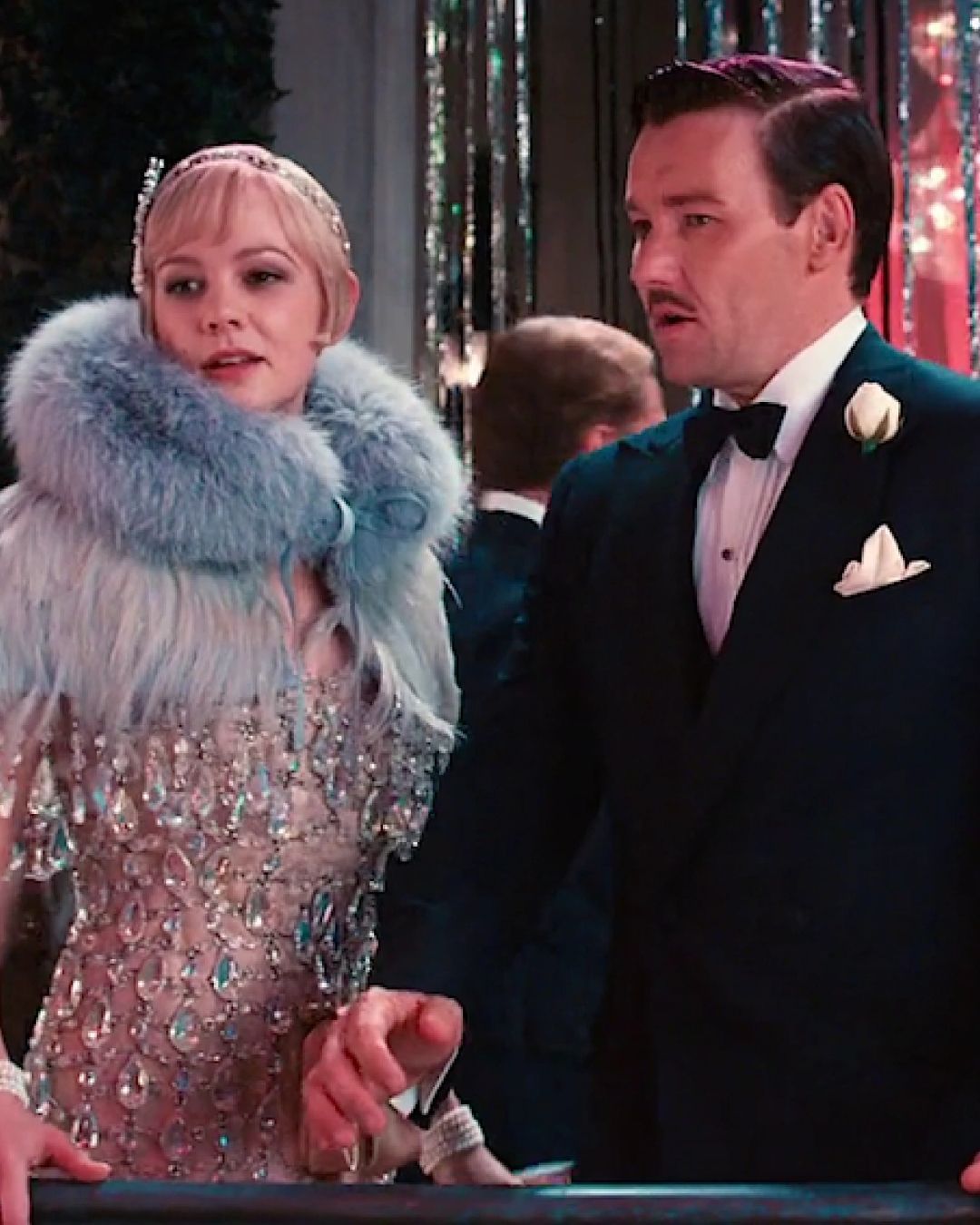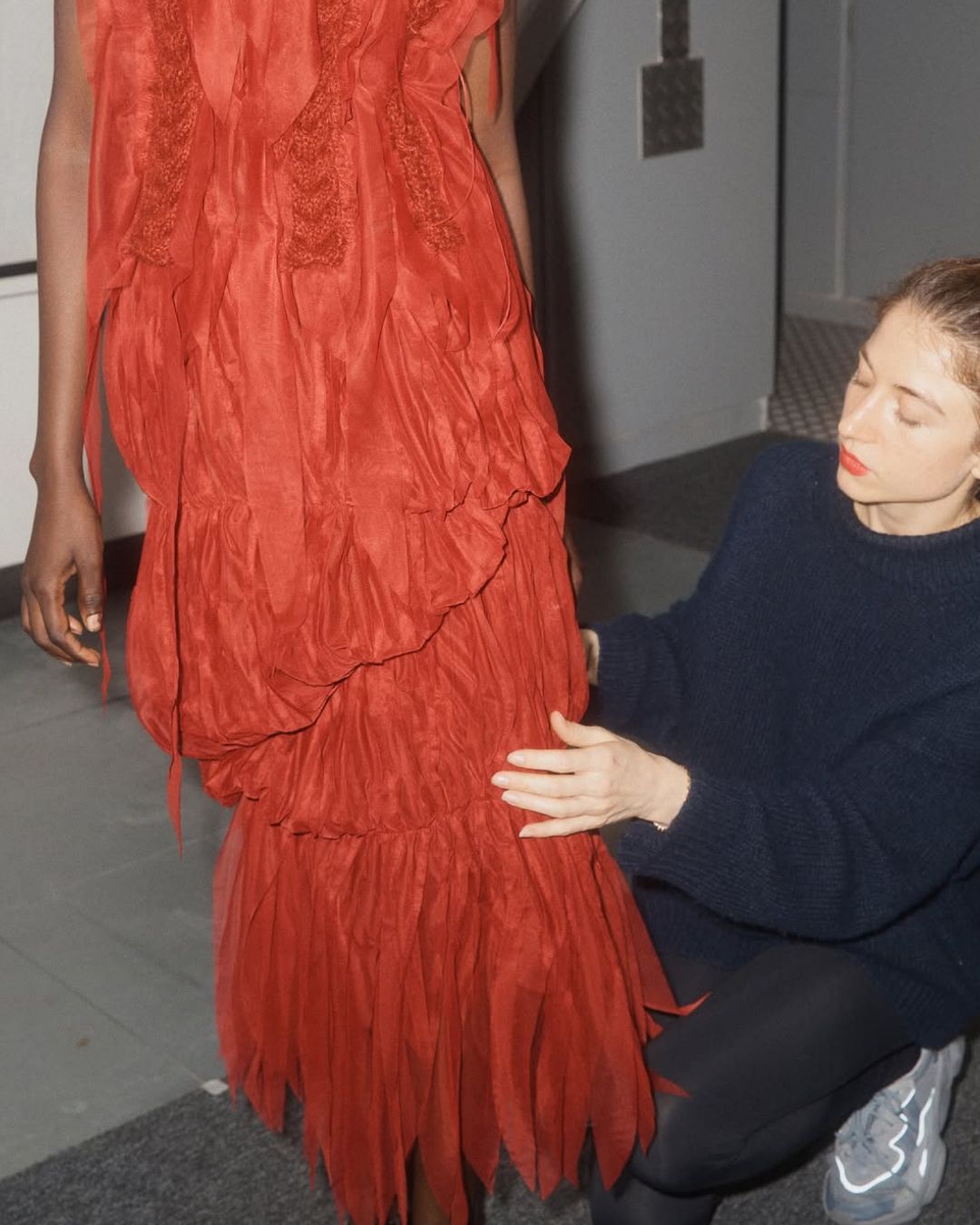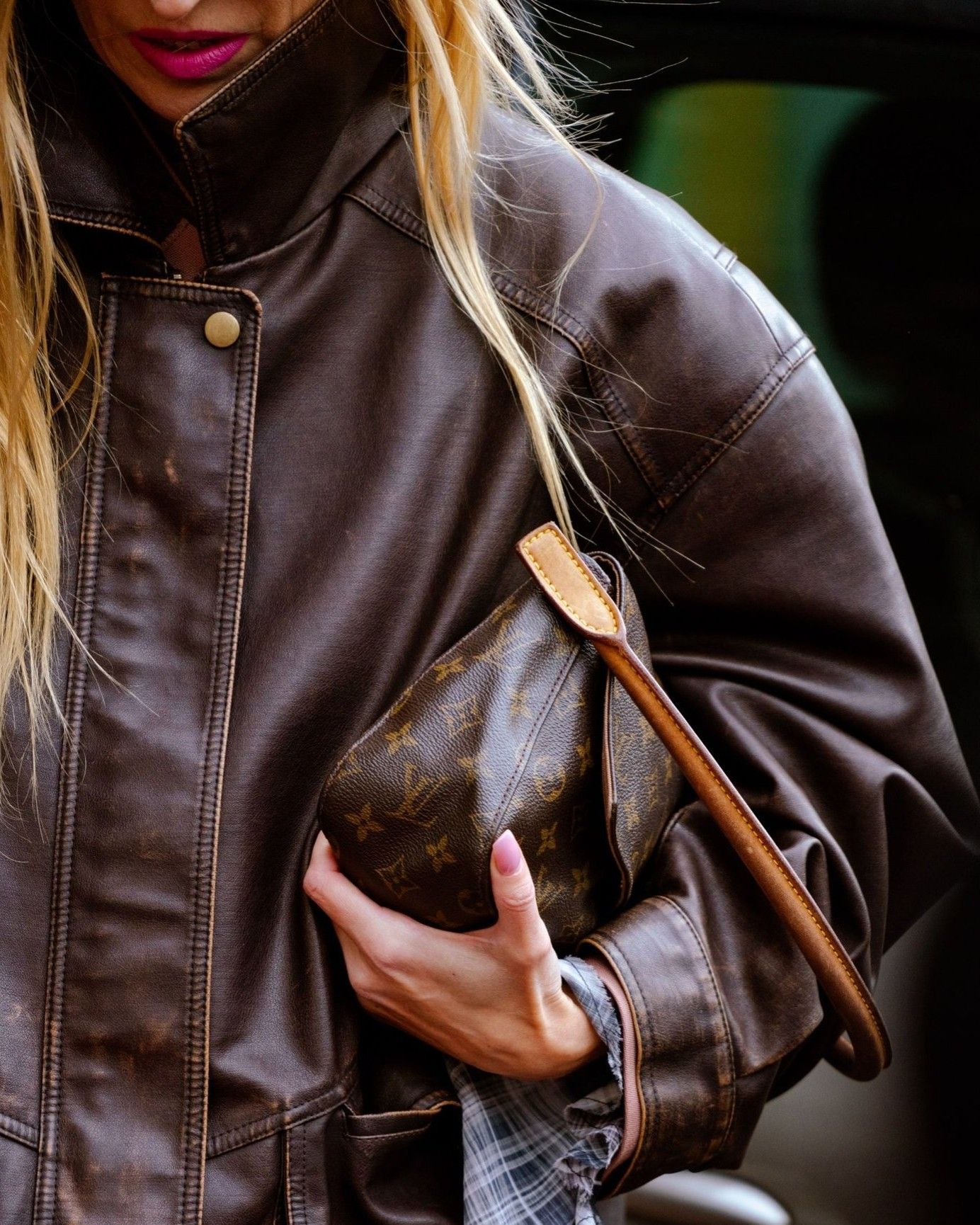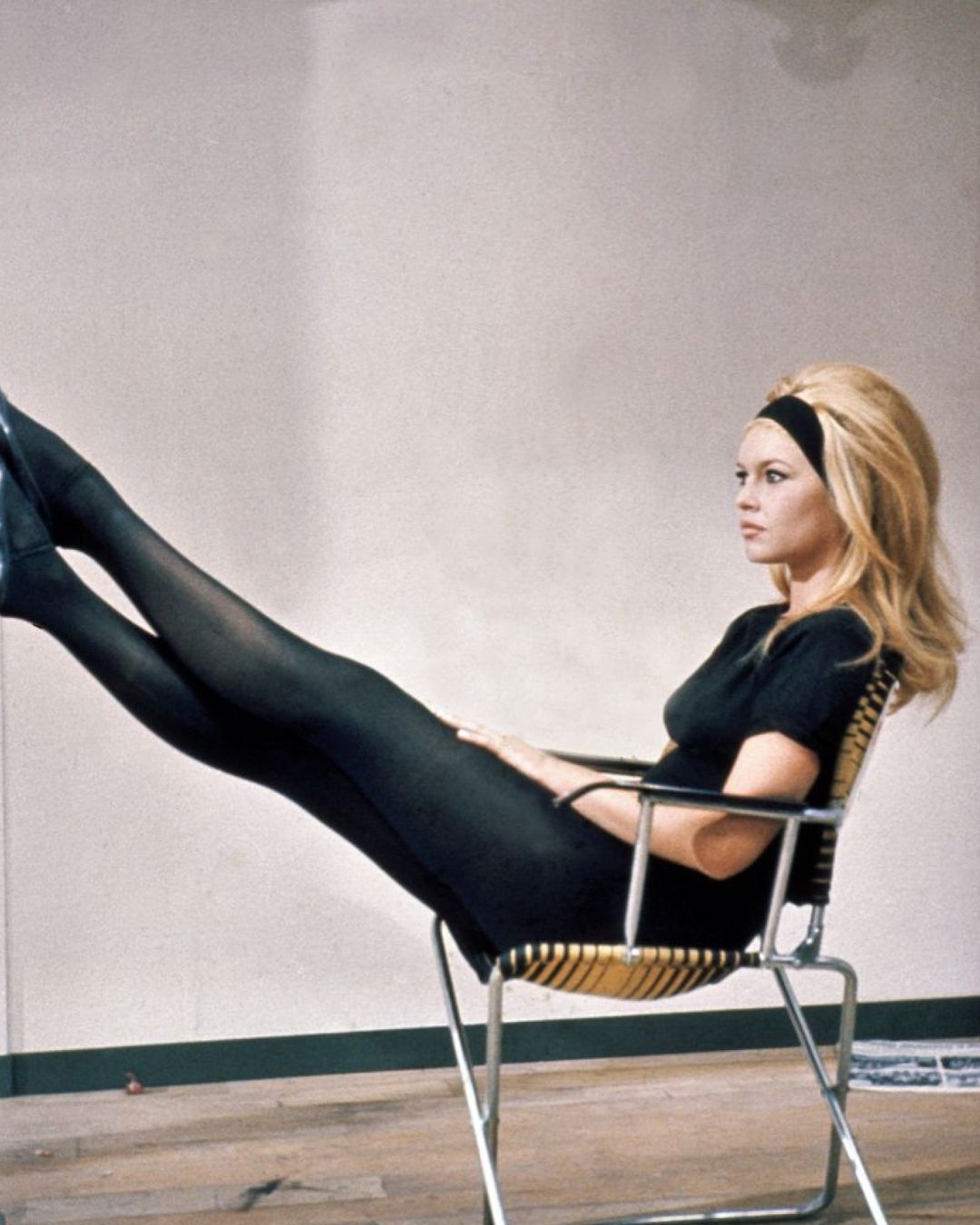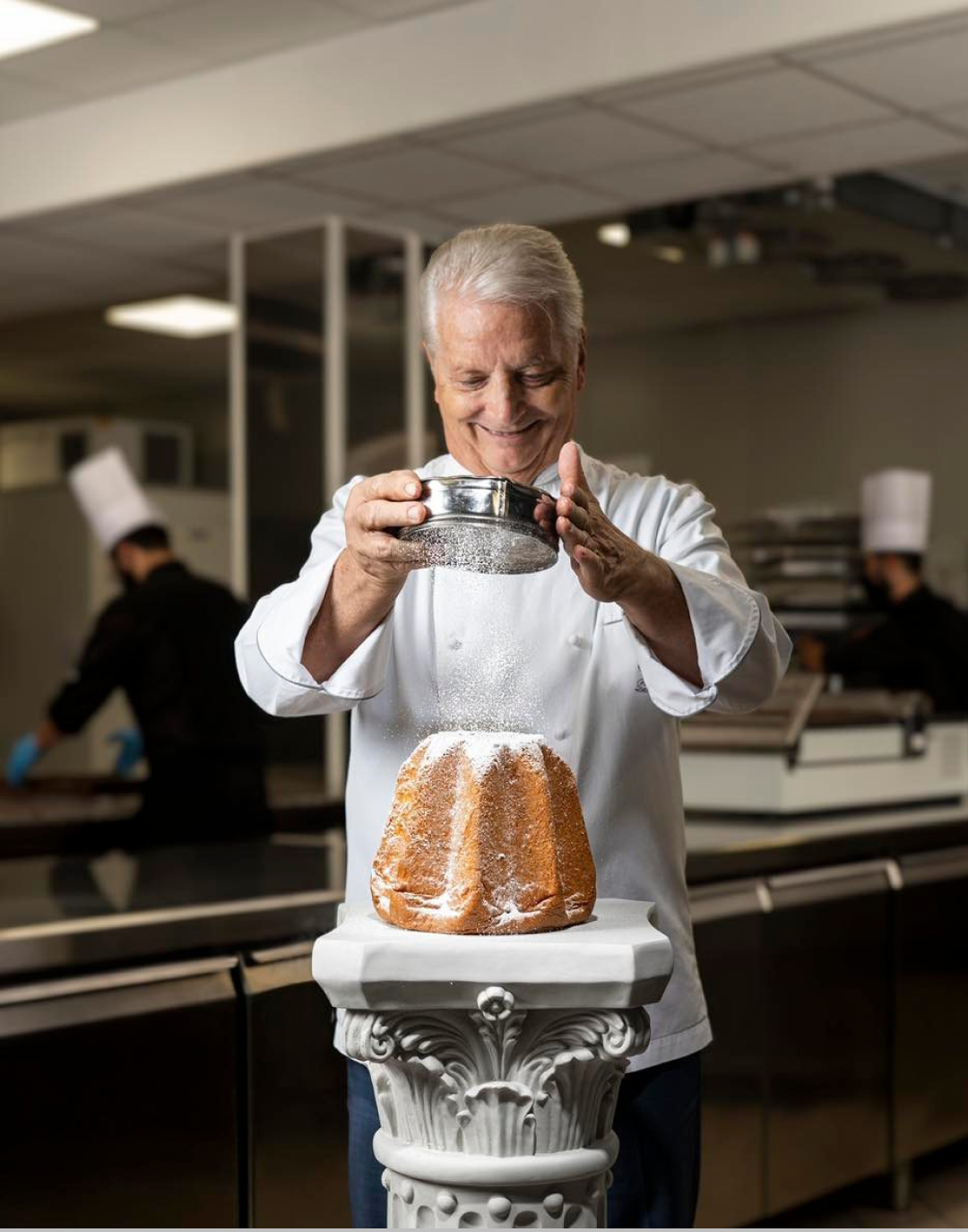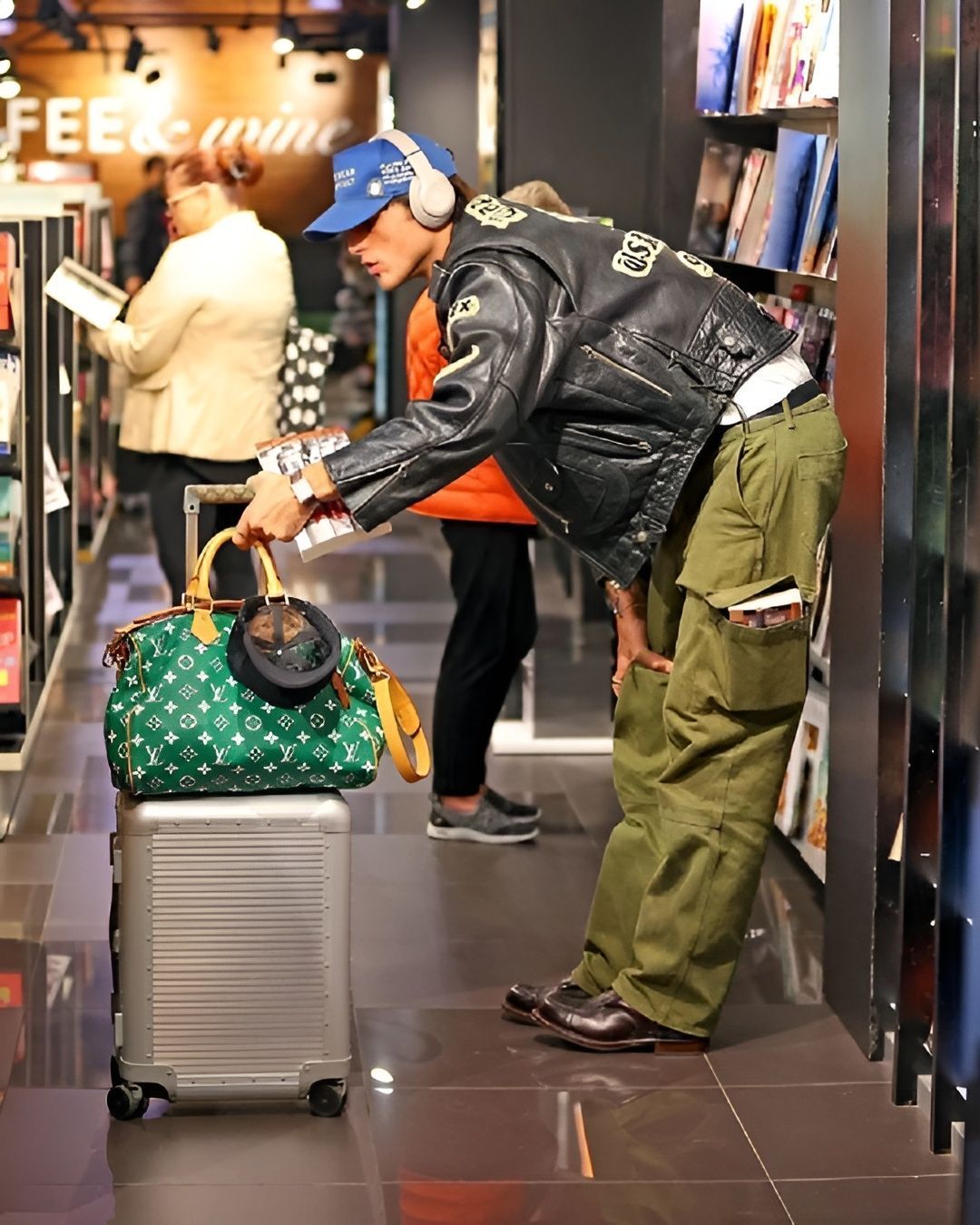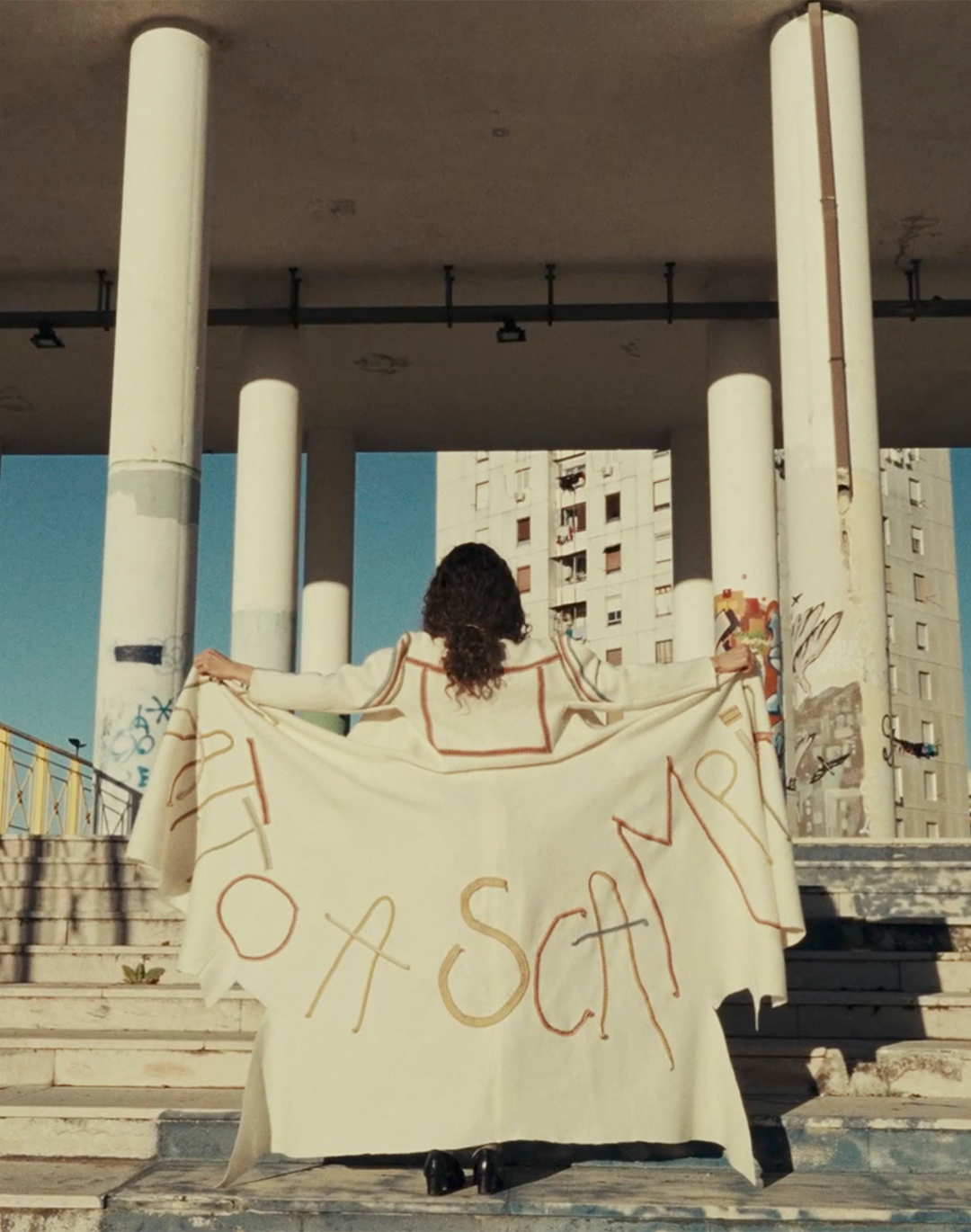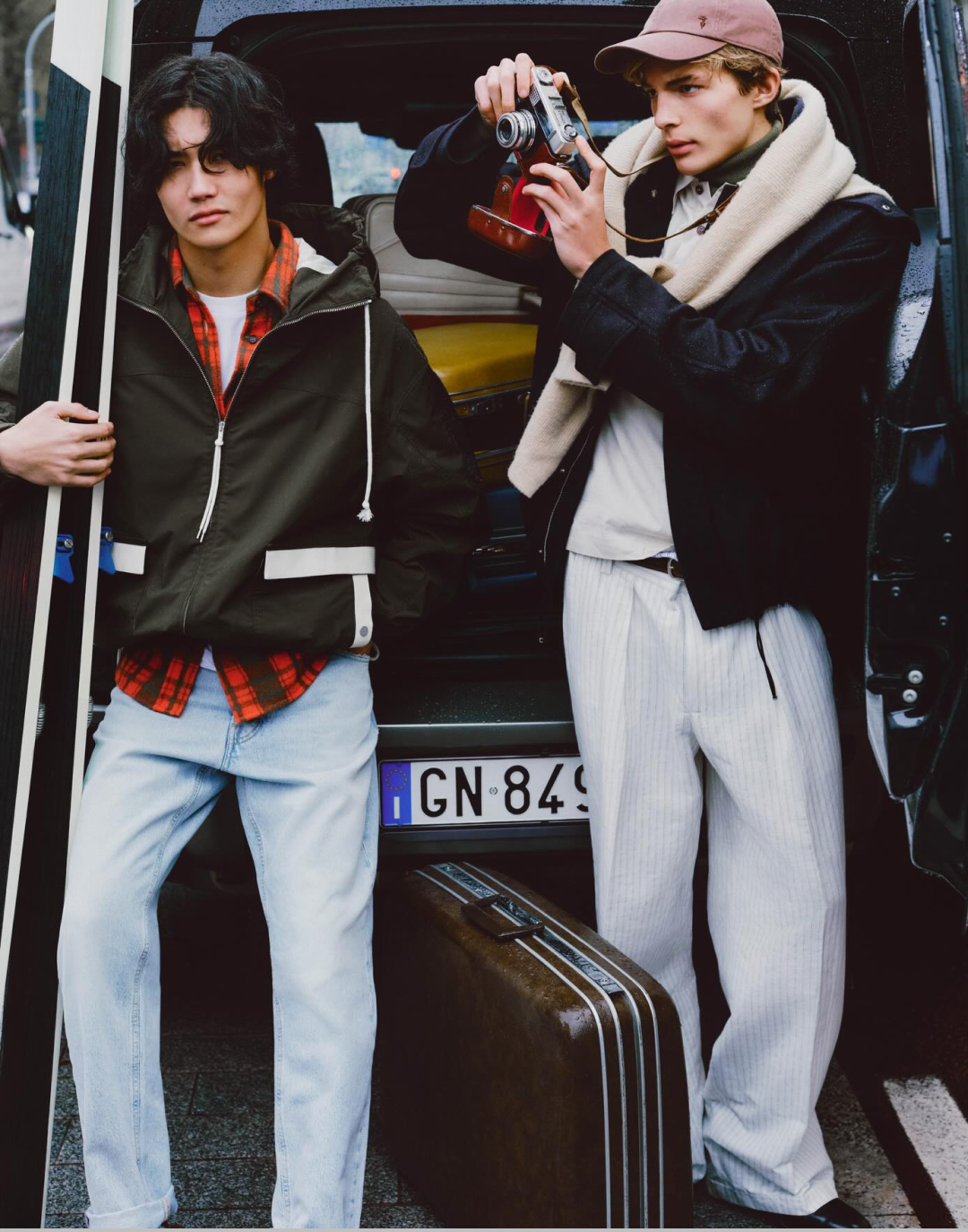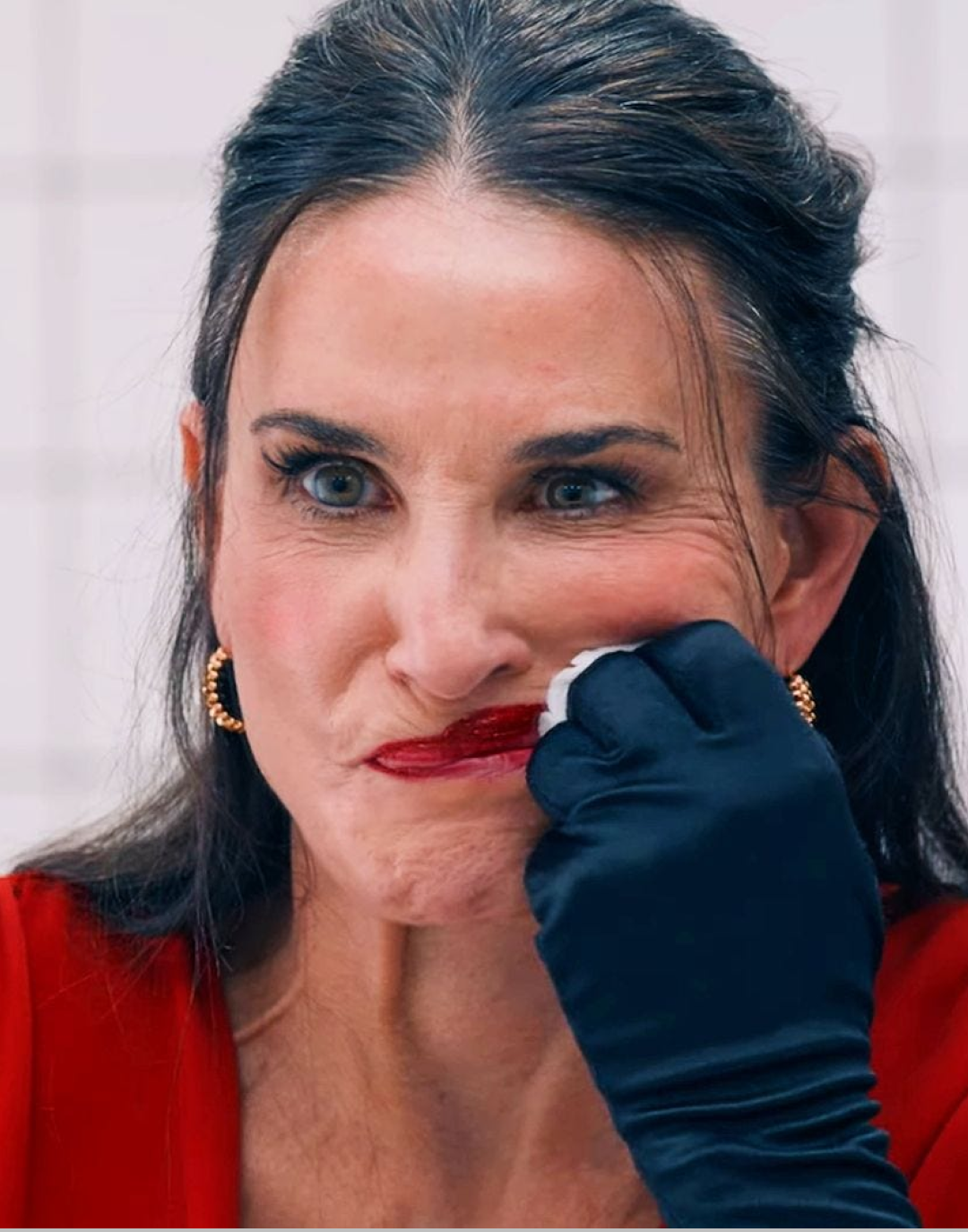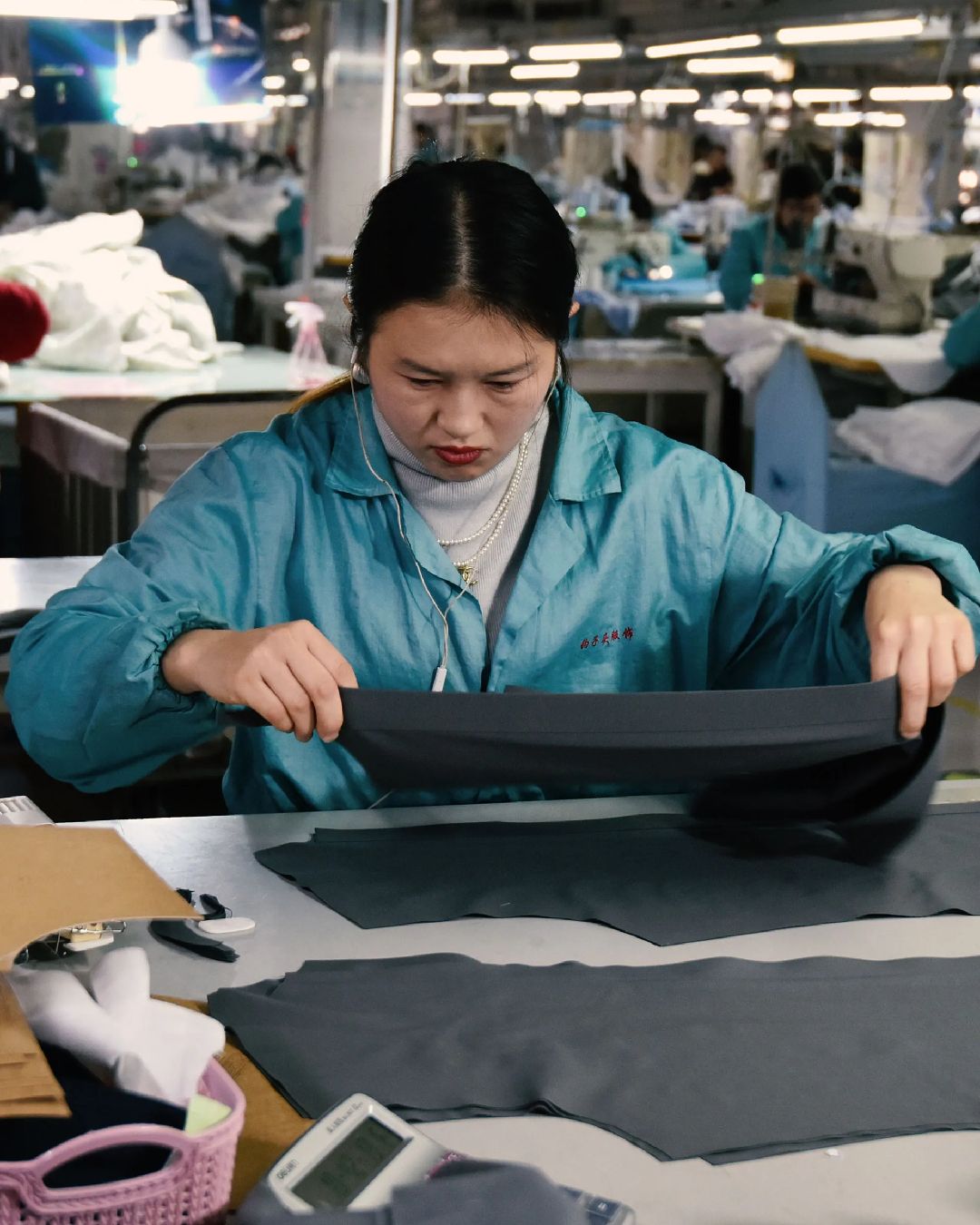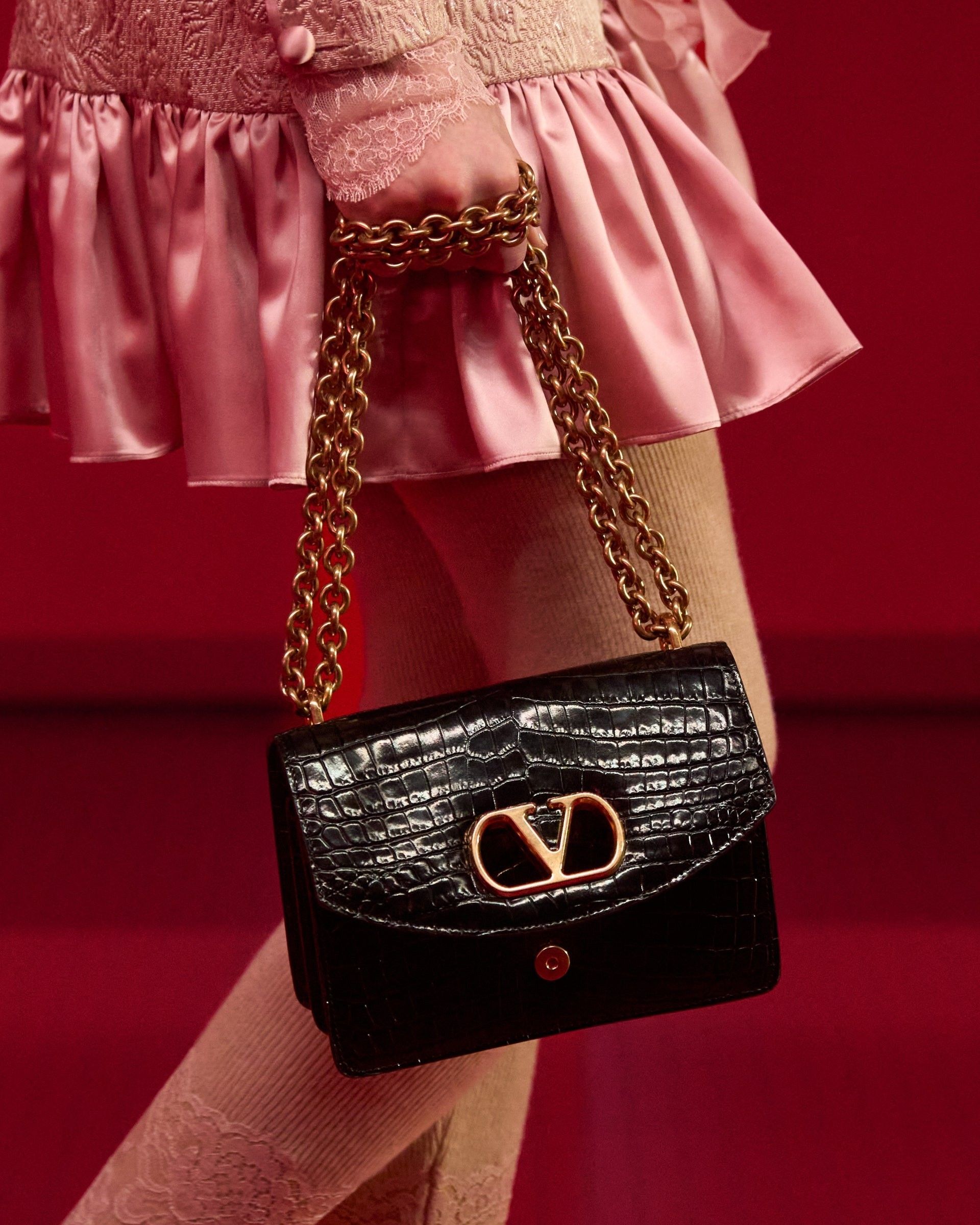
Valentino is also charged with labor exploitation 2025 is showing all the flaws in the Italian supply chain
The crises within the fashion system seem truly never-ending lately. While the past year was marked by a series of high-profile creative director changes, today the focus has shifted toward the production chain – the beating heart and, apparently, the ailing core of the entire industry. The issue of sweatshops is certainly not new to the fashion lexicon, but the beginning of 2025, compounded by the escalating trade war between China and the United States, has made the discussion even more complex, exposing the deep flaws behind the "Made in Europe" label. Following accusations against giants like Hermès and Chanel for centering production in China while leaving only final detailing to be completed in Europe, the Valentino Bags Lab case has further called into question the transparency of Italy’s production system. At the end of April, the Milan court placed Valentino Bags Lab Srl – a company controlled by Valentino Spa – under judicial administration for subcontracting bag production to workshops run by Chinese entrepreneurs, where serious labor law violations reportedly occurred, including unregistered workers and undocumented migrants. According to the Public Prosecutor’s Office and investigations by the Carabinieri Labor Protection Unit, the company failed to implement adequate controls to verify the working conditions and technical capabilities of its suppliers. This omission, albeit negligent, allegedly enabled the spread of a labor exploitation ecosystem.
The investigation, which began in March 2024, involved seven workshops in the provinces of Milan and Monza and Brianza, all of which were found to be non-compliant. Inside, investigators identified 67 workers, including 9 undeclared workers and 3 undocumented migrants, according to MilanoToday. In some cases, illegal dormitories were discovered inside the factories to allow continuous shifts, including overnight and holiday work. Witness accounts describe grueling hours, sub-minimum wages, and a total lack of safety – with machines stripped of protective equipment, unsanitary conditions, and no training provided. Some handbags were reportedly produced at shockingly low costs, ranging from €35 to €75, only to be sold at retail prices between €1,900 and €2,200. Even more concerning was the discovery of three fictitious companies with no employees, created solely to simulate production on paper, issue fake invoices, and obstruct inspections. Essentially, a parallel production system was uncovered – covert and entirely deregulated, based on aggressive outsourcing, unauthorized subcontracting, and the systematic use of vulnerable labor. The owners of the companies involved – all Chinese nationals – were reported for labor exploitation and safety violations, and the companies were fined more than €320,000 in total.
At the same time, it appears that Valentino Bags Lab is not under formal criminal investigation, but the Milan court has acknowledged a negligent responsibility for failing to adequately oversee its suppliers, despite being aware, or reasonably expected to be aware, of the risks associated with certain production dynamics. As highlighted by The Fashion Law, the judge noted that the company “continued working with suppliers who exploited workers and violated safety regulations, without enhancing its internal monitoring systems in any way”, even though similar cases – such as last year’s involving Christian Dior, Armani and Alviero Martini – had already gained widespread public attention. The Valentino case thus fits into a grim picture of “Made in Italy” today, with mid-to-large companies increasingly acquired by foreign luxury giants and smaller supply chains crying out for help to stay afloat. In such a scenario, can we still talk about Made in Italy as something truly Italian? Or has it become little more than a complex marketing system designed to sell fashion at exorbitant prices?


